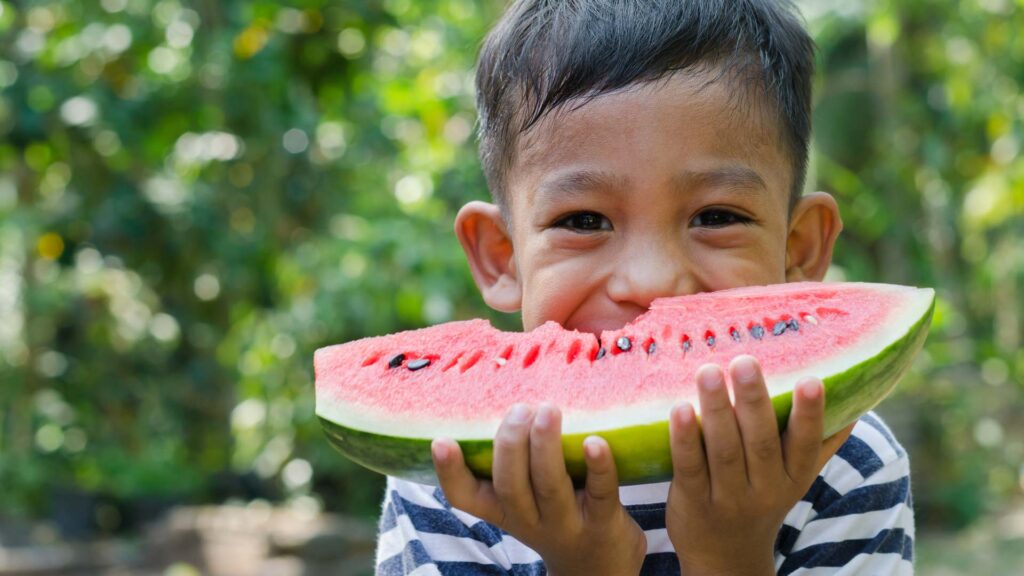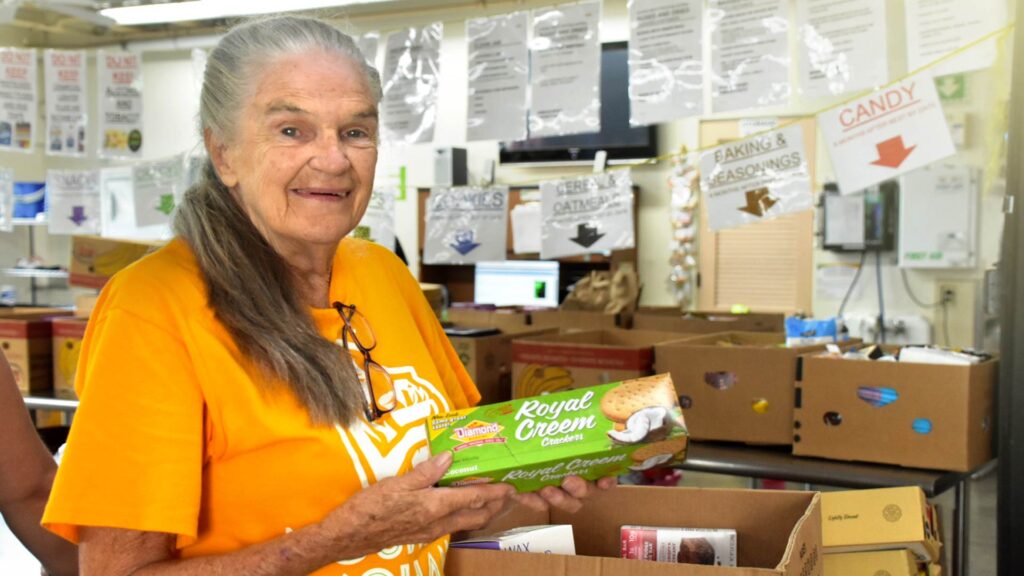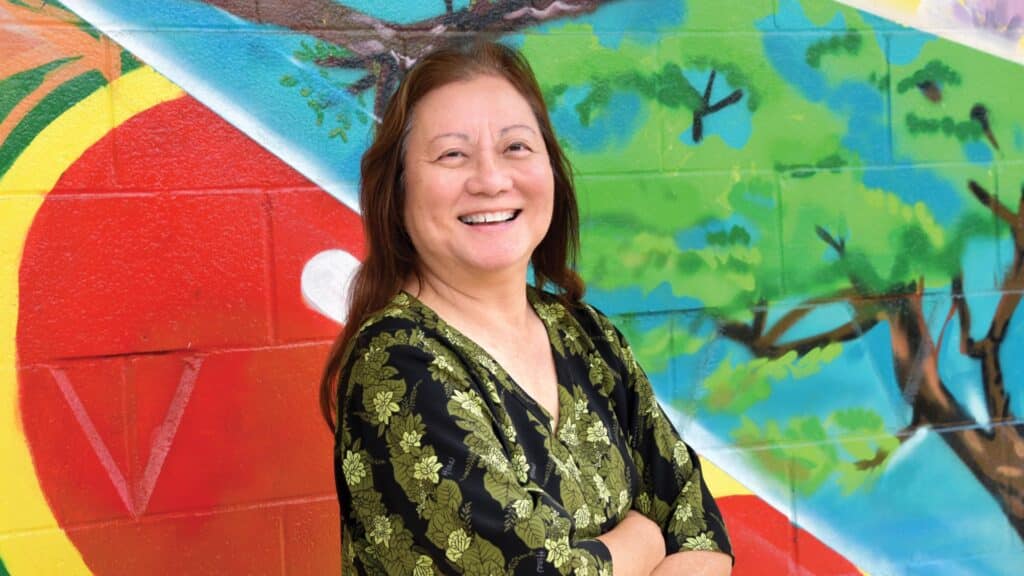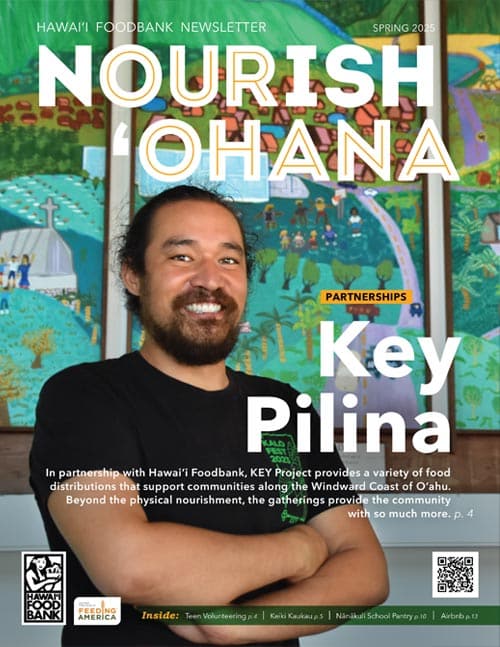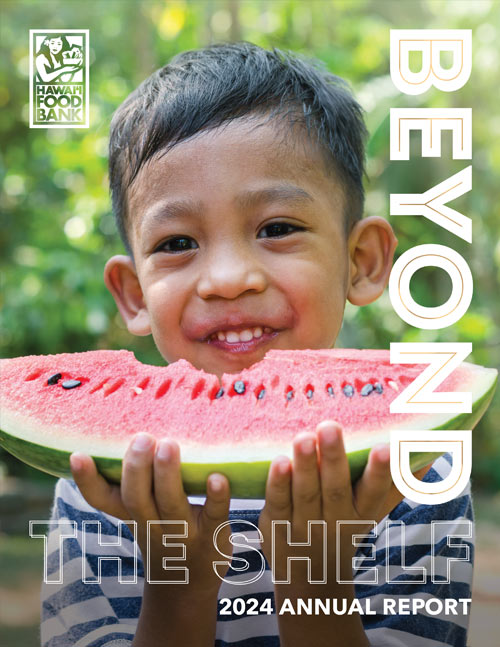Land, Legacy and Food: Jesse’s Story
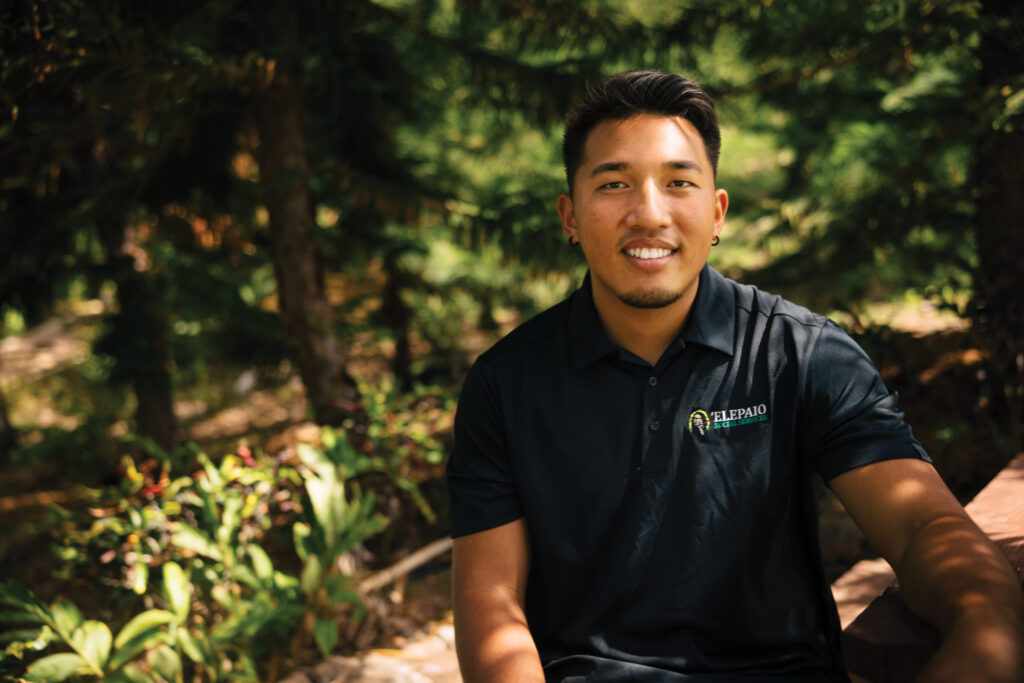
Hawaii Foodbank
Jesse Mikasobe-Keali‘inohomoku is serving the community that raised him by addressing social issues and providing access to food.
Land, legacy and food. Every day, Jesse is putting those pieces together to help build a better community in Wai‘anae and throughout the Leeward coast of O‘ahu. “I grew up in Wai‘anae, and I got to learn and experience a lot of things here,” he said. “Through those experiences of growing up in an underserved community, you start to understand the importance of a lot of things, especially food.”
Jesse manages food systems work at ‘Elepaio Social Services, one of Hawai‘i Foodbank’s agency partners that supports the Wai‘anae community. As a child, he was part of a fishing family and had access to high quality seafood. But when Jesse got older, he quickly saw that, outside his home, very little fresh food was available in the community. That’s not how it used to be.
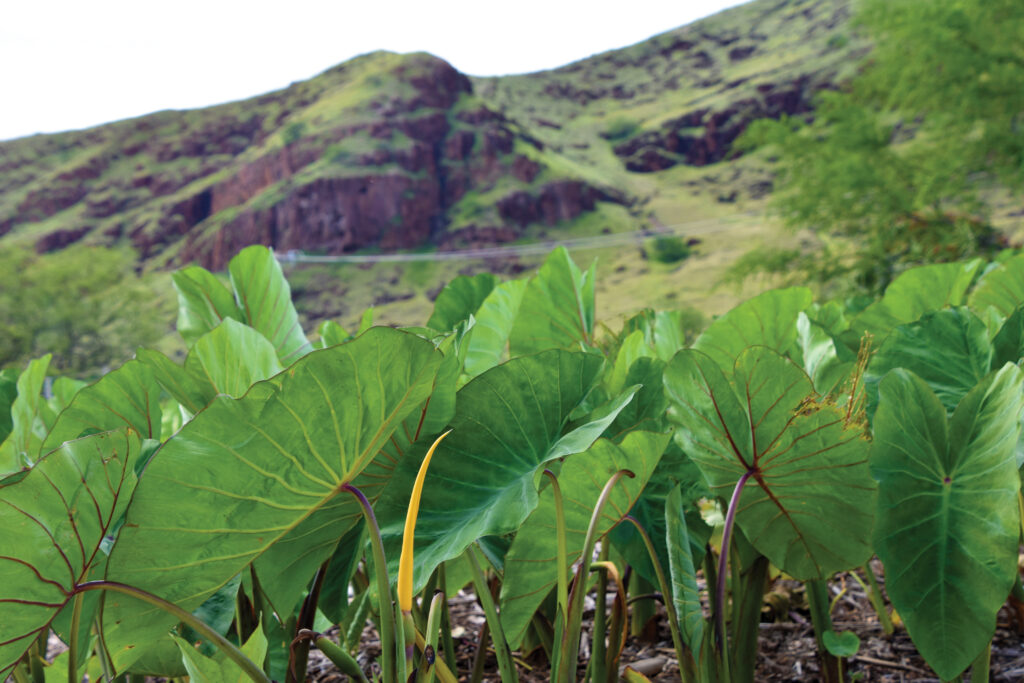
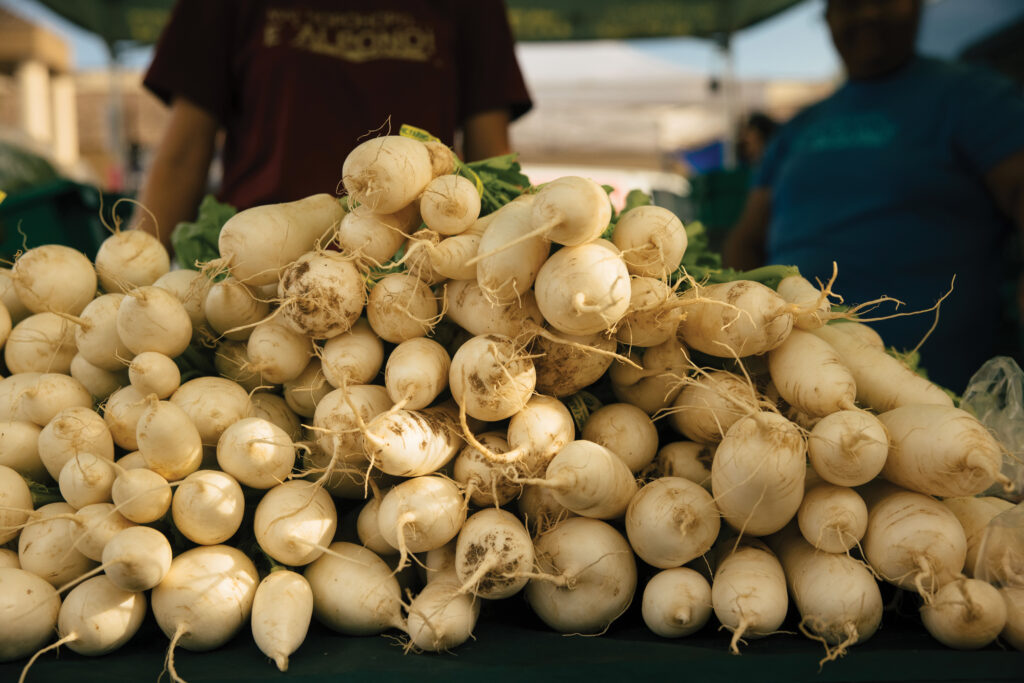
“In ancient times, Wai‘anae used to be a stronghold for food,” he explained. “We had places called local he‘eia, or fishponds, where you could get fish. And Wai‘anae Valley was loaded with kalo. We had an abundance of food.” Now, fresh food and local produce aren’t easy to find, even though Wai‘anae remains a strong farming community. Much of the produce grown in Wai‘anae is sold to restaurants or hotels, and what is available is often too expensive. So, how is Jesse starting to change that?
Connection to food is everything. When you’re talking about a community that has a majority of indigenous people, you have to approach it through a cultural lens.
– Jesse Mikasobe-Keali‘inohomoku
Part of that connection is understanding the legacy and history of the food they eat. “Native Hawaiians knew there was an essence and a function to the food they were growing,” Jesse said. “We gave food names, place and kuleana.”
The second part of nourishing connection to food is creating access to culturally-preferred produce. In his role as food access manager, Jesse manages the food distributions for ‘Elepaio Social Services. With multiple distributions each week, the organization, in partnership with the Hawai‘i Foodbank, served nearly 4,500 households last year. “When you talk about connection to food, you’re talking about the participation of our people in the food system process. And you’re talking about them eating healthier food. That’s the important thing,” he said.

